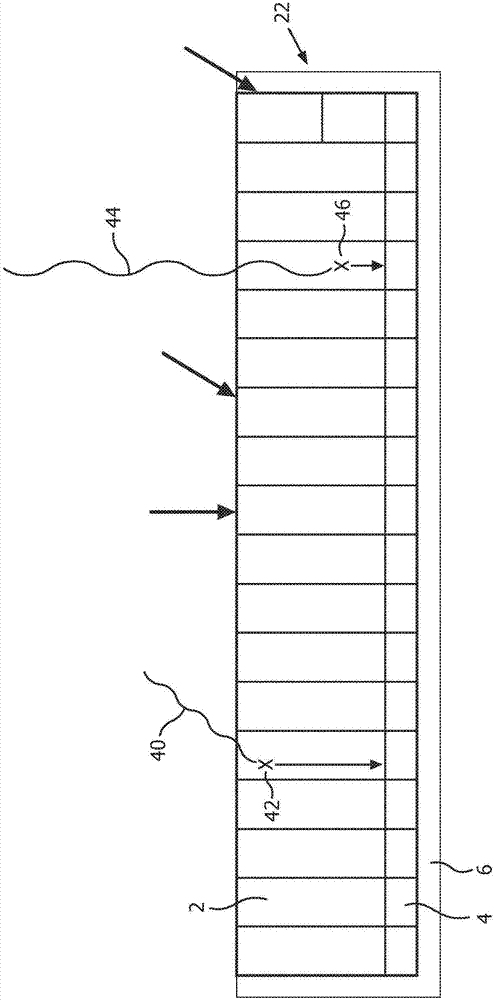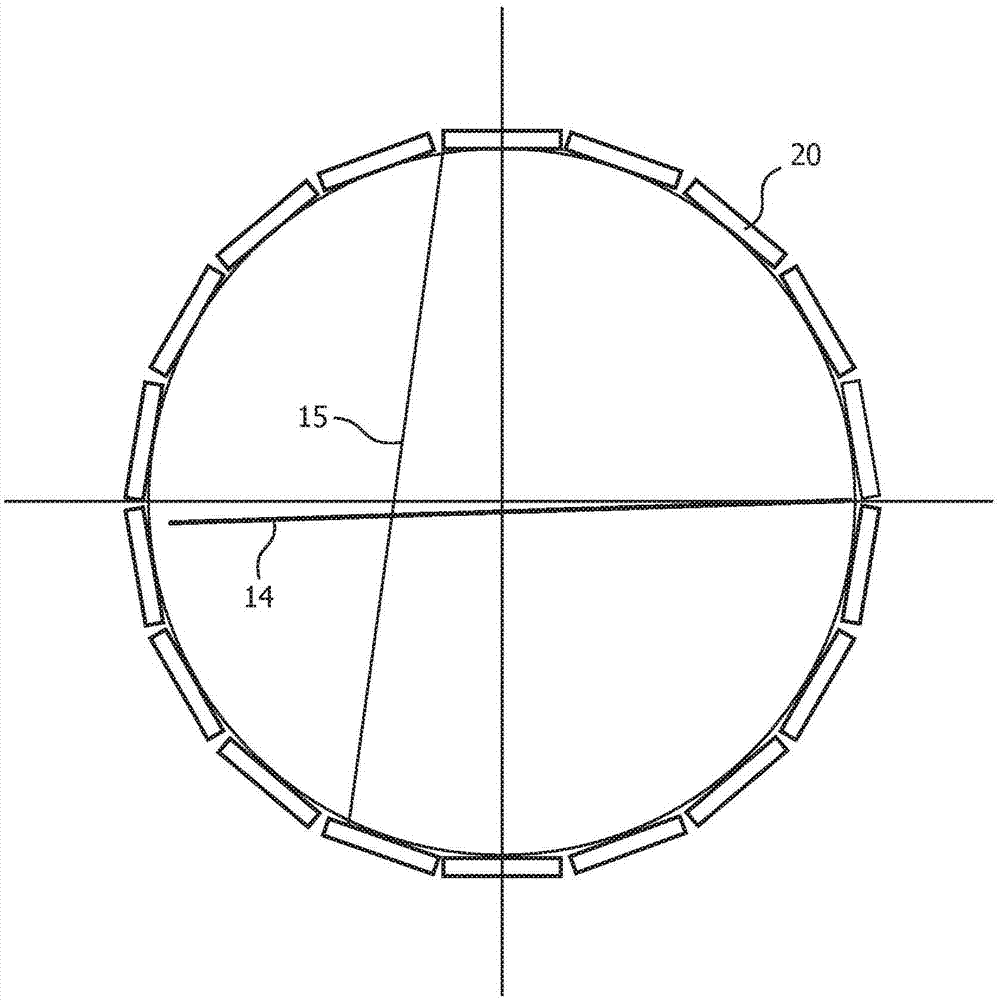Pet detector timing calibration
A technology of detectors and radiation detectors, applied in the field of medical imaging, can solve the problems of reducing the timing accuracy of crystals, etc.
- Summary
- Abstract
- Description
- Claims
- Application Information
AI Technical Summary
Problems solved by technology
Method used
Image
Examples
Embodiment Construction
[0018] The present application provides systems and methods for calibrating timing in PET systems. Said disadvantages can be overcome by the present application. This application uses a flake source or a variation of the flake source to calibrate TOF-PET timing. The source is a large flat slice such that all LORs to intersect the object pass through the slice source when placed parallel to the central axis (eg, horizontally in the center). The flake source may be rotated such that all LORs intersect the flake source in at least one orientation. Using a slab source or similar type of source for timing calibration results in large LOR coverage, negligible scatter contribution, and varies narrow activity distributions along each LOR. Also, there is no need to indirectly derive LOR timing for any LOR since there is a direct coincident event count available for each active LOR. Since the activity is narrowly distributed along each LOR (ie, essentially at a single point), the num...
PUM
 Login to View More
Login to View More Abstract
Description
Claims
Application Information
 Login to View More
Login to View More - R&D
- Intellectual Property
- Life Sciences
- Materials
- Tech Scout
- Unparalleled Data Quality
- Higher Quality Content
- 60% Fewer Hallucinations
Browse by: Latest US Patents, China's latest patents, Technical Efficacy Thesaurus, Application Domain, Technology Topic, Popular Technical Reports.
© 2025 PatSnap. All rights reserved.Legal|Privacy policy|Modern Slavery Act Transparency Statement|Sitemap|About US| Contact US: help@patsnap.com



